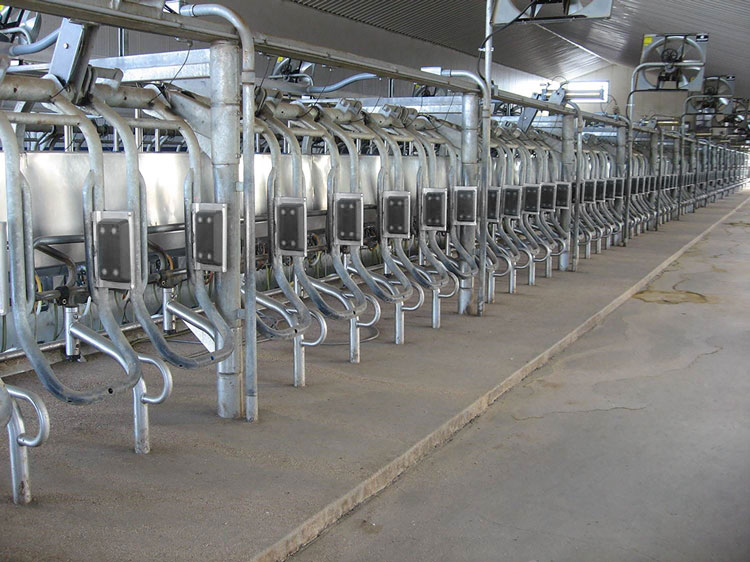
Does it matter if a data point is off here and there? Or a couple of cows are in the wrong pen? Or you miss a milk weight or two?
It definitely matters because everything about how you manage your cows circles back to accurate data. Herd management systems gather information from the animal and give you an active solution based on that intelligence. But, if input data are inaccurate, the action item will be too.
Here are three things you can do to increase animal identification (ID) accuracy and data precision on your dairy.
1. Know system capabilities and component placement
Data accuracy depends on consistent, accurate, timely information for each correctly identified animal from select points throughout the dairy. Having the right tools in place to accurately gather information is crucial to ensure you have the best input data from which to make decisions.
For example, a transponder tag with a large read range combined with properly placed antennae offers highly accurate animal identification. Larger transponder tags housed on neck collars help increase tag read range and additional data points such as rumination and animal activity.
Additionally, it’s important to know the capabilities of system components, which are designed to read International Organization for Standardization (ISO) protocol RFID tags.
There are two types of these tags:
- FDX tags (or full duplex)
- HDX tags (or half duplex)
Some manufacturers’ equipment can read both tag types and some can read only one or the other. It’s important to know if your system’s components are compatible to ensure accurate data transmission.
2. Monitor electrical interference
Electrical interference can play a major role in interrupting data collection.
Before investing in a herd management system, your dealer should conduct a site survey to detect equipment and technology which can interfere with data collection, including variable speed fans and manure pumps, variable speed drives on well pumps and fluorescent lighting. If not installed properly, this equipment can affect your ID system and the reading of tags.
Be mindful of interference and keep an eye out for changes, like the addition of new equipment or flickering fluorescent lighting which may influence ID performance. If there’s a change in data over time, check to see if a device is impeding accurate information flow.
3. Watch, analyze and adjust
The beauty of data is you can use it to investigate deeper and see what’s happening on your dairy down to the minute. When reviewing animal performance, it’s vital to assess information accuracy and ensure IDs are read correctly at all checkpoints around the farm, from the milking parlor to the sort gate.
Start by developing protocols to regularly assess the accuracy of the identification system.
For instance, pick a shift to stand in the parlor, either weekly or monthly, to double-check the system by monitoring whether the cow’s ID matches to the stall ID. If not, explore factors possibly skewing the data: Is the RFID tag in the ear? Is the system transponder tag on the neck? Is it twisted? Is the tag working? Did the tag fall off? Is the reader malfunctioning?
Many herd management programs offer diagnostic tools to record the number of cows identified or the number of cows not identified. If the number of cows identified changes significantly, check to see what occurred on that date.
You invest in technology to give you actionable information. If you're taking action with animals that don't need it, what's the point?
Visit nedap-livestockmanagment.com for more information about accurate data management.



